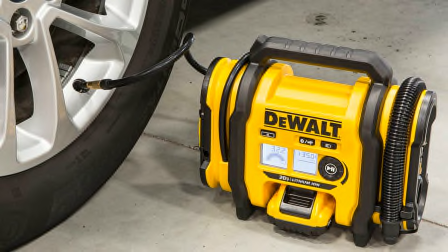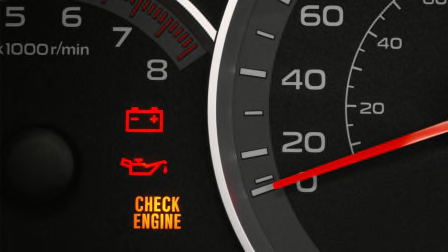5 Essential Tips to Keep Your Car in Peak Condition During Freezing Weather
Don't let cold temperatures wreak havoc on your car
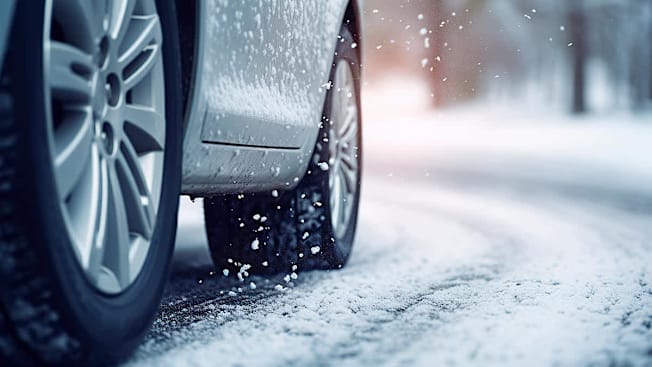
The winter months are hard on your vehicle. Cold temperatures, dirt, and road salt residue can all cause problems. However, there are some simple checks and maintenance items you can do that will help your vehicle stay in top condition.
Keep these five car-care tips in mind as the mercury plummets. You don’t want to be stranded by a dead battery or involved in a collision because you can’t see out your windows. If you haven’t taken some of these preventive-care steps, do them as soon as you can so that you’re prepared for the next big chill.
Keep the Battery in Good Shape
Your vehicle’s battery is especially hard hit when the mercury plummets because cold temperatures reduce its cranking power. In fact, at about 0° F, a battery has only about half the cranking power it has at 80° F.
Inspections should be part of an owner’s routine maintenance, but it’s especially important to check before taking a long road trip.
True maintenance is largely a thing of the past. Almost all of today’s car batteries are “maintenance-free.” But we recommend having your battery load-tested by a mechanic annually once it’s 2 years old if you live in a warmer climate or 4 years old if you live in a colder climate. Doing so tests its ability to hold voltage while being used, and the results will let you know when it’s time to start shopping.
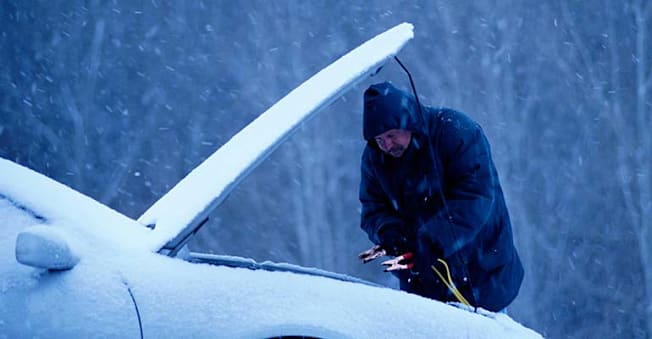
Photo: Getty Images Photo: Getty Images
Replace the Wiper Blades
You have to replace wiper blades more often than you might think. Our tests have found that even the best-performing wiper blades start to lose their effectiveness in as little as six months. Streaks or missed expanses of glass are sure signs that the blades are ready for retirement.
While it’s possible to extend their life by periodically cleaning the rubber edge of the blade with a paper towel and glass cleaner, it isn’t safe to do that all winter long. Instead, get yourself new blades. We recommend replacing wiper blades as often as twice per year. Most wiper blades are easy to install, and some stores, such as Advance Auto Parts, will perform the replacement work free of charge.
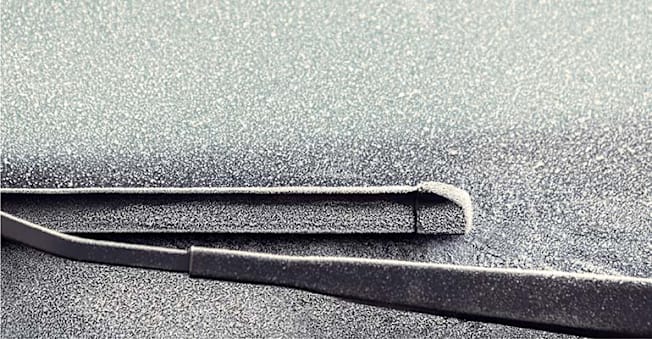
Photo: iStock Photo: iStock
Clear the Windows
If you can’t see out the windows, you’re a danger to yourself and everyone around. Don’t try to use the wipers and those brand-new wiper blades to remove ice from the windshield. Instead, use an ice scraper on frosty mornings. If you park outside, place the wipers in the raised position when it’s going to snow overnight to keep them from freezing to the windshield.
Because winter weather means dirt, mud, and salt residue are being kicked up off the road, you’ll probably be using your windshield washers a lot. Keep your windshield washer reservoir filled with a winter-blend washer solution that contains an antifreeze agent.
Also, make sure the car’s heater is functioning properly and that plenty of warm air is being directed to the windshield when it’s in the defrost mode. To help prevent your windshield from fogging up, run the air conditioning system (with the temperature set at a comfortable level) to dehumidify the air. And don’t turn off the AC if you’ve raised the temperatures: Even with the temperature set to hot, the air conditioner dehumidifies the air, speeding up defogging.
Finally, check that all the vehicle’s lights are working properly and that the lenses are clean so that you’ll have optimum visibility at night and motorists front and rear will be able to see you.
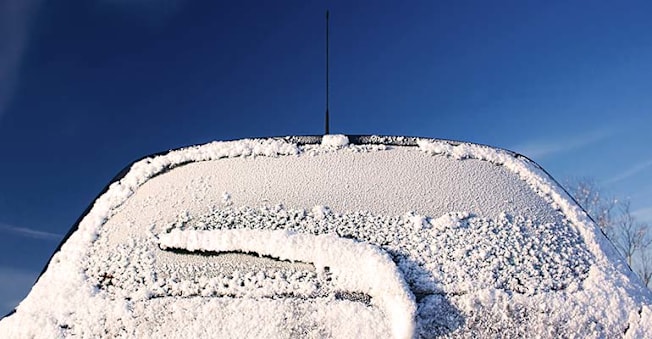
Photo: iStock Photo: iStock
Check Under the Hood
Cold weather can also be hard on your engine. Motor oil thickens when cold, making it harder for the engine to turn over.
Start by checking your owner’s manual for the manufacturer’s recommendation. Generally, you should be using a multi-viscosity oil with a "W" in the viscosity index, signifying that it’s formulated for winter use. Typical formulas recommended for modern engines include 5W-20, 5W-30, and 10W-30, which provide good oil flow at low temperatures and can often be used year-round. Whenever you have the oil changed, replace the oil filter as well to ensure the system has the maximum amount of flow.
While the car is in the shop, have the radiator and heater hoses checked for cracks, leaks, or contamination from oil or grease. When you squeeze them, the hoses should be firm yet pliable. Scrap them if they feel brittle or overly soft.
For most vehicles, the cooling system should be flushed at least every two years (check your owner’s manual). This helps keep corrosion from building up in the system. If a flush is almost due, have it done before the cold weather hits.
Try to keep your coolant mixture in a 50/50 ratio of antifreeze and water. This will keep your coolant from freezing until temperatures are well below zero. Colder conditions, however, can call for a 60/40 or 70/30 ratio. Under no circumstances should you use a higher antifreeze-to-water ratio than this or what is specified by the manufacturer.

Photo: iStock Photo: iStock
Check out these 5 things to know about oil changes for your car.
Consider New Tires
Spinning out in the snow and ending up in a ditch isn’t the best way to discover your tires are worn out. So if you’ve been waiting to pick up a new set of tires, don’t delay: Your safety depends on tire traction! Winter-grade tires also tend to be in short supply by the time the snow begins to fall. (Find out how winter/snow tires compare with all-season tires.)
If your area gets occasional snow, a new set of all-season tires should do the job. Look for a highly rated set that has performed well in our snow-traction and ice-braking tests. (Check our tire ratings and buying guide.) Remember that it’s safest to replace all four tires at one time.
If you live where snow and ice are ever-present, consider buying dedicated winter tires mounted on inexpensive steel wheels. These tires have tread patterns and rubber compounds specially designed to grip snow and ice for optimum traction on slick roads. Winter tires typically have shorter tread life and generate more road noise than the all-season tires that your vehicle came with, but the extra safety they provide is generally worth the compromise.
Even if your tires are in good shape, make sure that you keep them properly inflated. Big drops in temperature mean your tires will lose air, because tire pressure declines with the thermometer.
Finally, keep a roadside emergency kit in the car.

Photo: iStock Photo: iStock

















